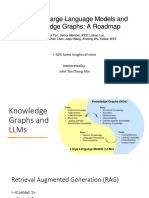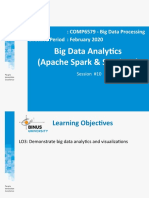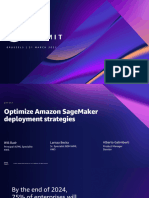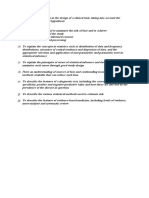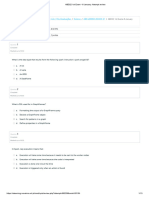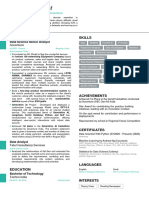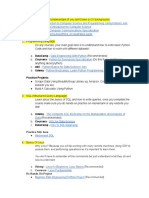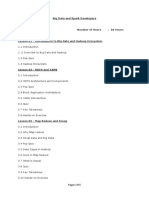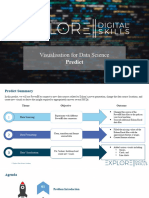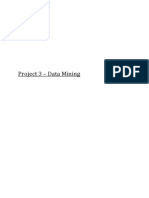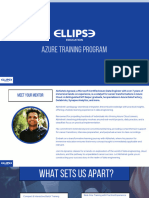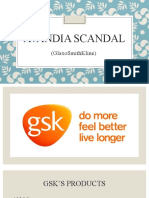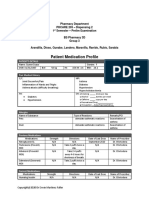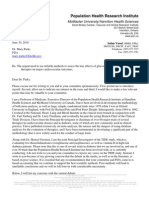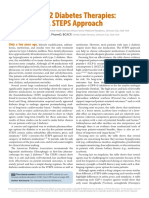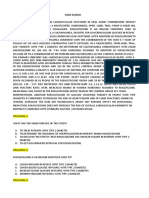0% found this document useful (0 votes)
101 views34 pagesPV Database and Signal Detection
The document outlines a certificate course in Clinical Research and Pharmacovigilance, focusing on pharmacovigilance databases and signal detection methodologies. It emphasizes the importance of monitoring drug safety, regulatory compliance, and emerging trends in drug safety monitoring. Key topics include the types of data stored in pharmacovigilance databases, signal detection processes, and the use of AI and big data in enhancing drug safety assessments.
Uploaded by
Prince PatilCopyright
© © All Rights Reserved
We take content rights seriously. If you suspect this is your content, claim it here.
Available Formats
Download as PPTX, PDF, TXT or read online on Scribd
0% found this document useful (0 votes)
101 views34 pagesPV Database and Signal Detection
The document outlines a certificate course in Clinical Research and Pharmacovigilance, focusing on pharmacovigilance databases and signal detection methodologies. It emphasizes the importance of monitoring drug safety, regulatory compliance, and emerging trends in drug safety monitoring. Key topics include the types of data stored in pharmacovigilance databases, signal detection processes, and the use of AI and big data in enhancing drug safety assessments.
Uploaded by
Prince PatilCopyright
© © All Rights Reserved
We take content rights seriously. If you suspect this is your content, claim it here.
Available Formats
Download as PPTX, PDF, TXT or read online on Scribd
/ 34

